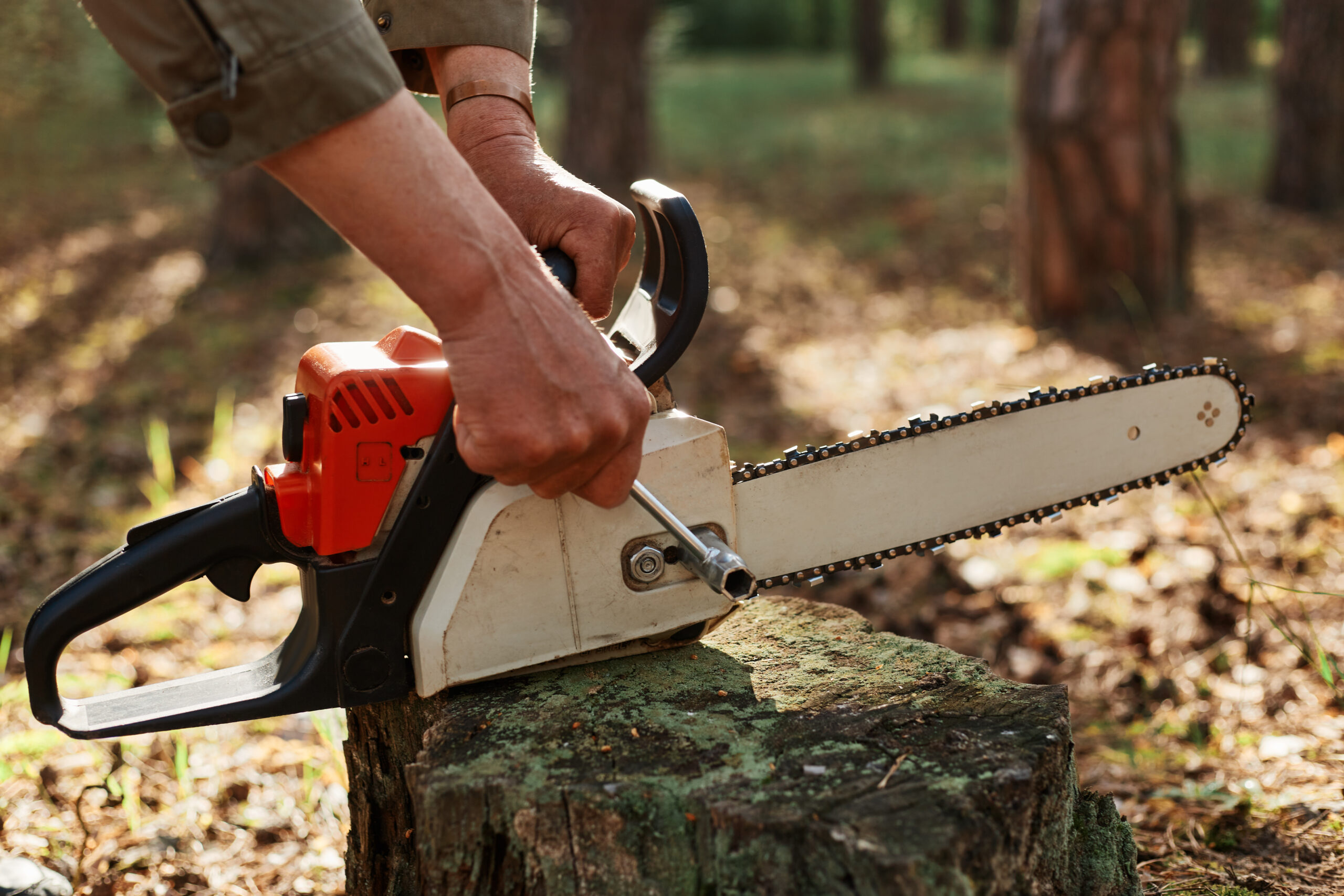- LIFE
82 Best Harry Potter Quotes


Maintaining a sharp chainsaw chain is essential for efficient cutting and prolonged tool life. Over time, even the best chainsaw can become dull, leading to inefficient cutting and potential safety hazards. Sharpening your chainsaw chain can seem daunting, but with the right tools and techniques, it becomes a manageable task that ensures your chainsaw performs at its best. This guide will walk you through the steps to sharpen a chainsaw chain, covering necessary tools, safety precautions, and expert tips to keep your chainsaw in optimal condition.
Before you begin sharpening your chainsaw chain, it’s crucial to have the right tools on hand. Using proper tools not only makes the job easier but also ensures that the chain is sharpened correctly.
Sharpening your chainsaw chain involves a series of precise steps. Follow this process to restore your chain to peak condition.
Begin by securing the chainsaw in a vise. This ensures the chainsaw remains stable during the sharpening process, reducing the risk of injury.
Examine the chain for any damaged or excessively worn teeth. Replace any damaged components before proceeding with sharpening.
Using the round file and file guide, sharpen each cutting tooth. Align the file with the tooth at the correct angle, typically 25 to 30 degrees, and file each tooth evenly. Count the number of strokes for consistency.
After sharpening the cutting teeth, use the depth gauge tool to check the height of the depth gauges. File them with a flat file to ensure they are at the correct height, allowing for optimal cutting performance.
Once one side of the chain is sharpened, rotate the chainsaw to access the opposite side and repeat the sharpening process.

Working with chainsaws requires strict adherence to safety protocols to prevent accidents. Here are some essential safety tips to keep in mind:
While manual sharpening is effective, there are alternative methods that can also be considered depending on your needs and available resources.
Electric chain sharpeners are a convenient option for those who frequently sharpen their chains. These devices offer precise angles and consistent sharpening with minimal effort.
If you prefer not to sharpen the chain yourself, professional sharpening services are available. This option ensures expert sharpening and can be a time-saver for those with multiple chainsaws.
Proper maintenance of your chainsaw chain not only prolongs its life but also ensures safe and efficient operation. Consider these expert tips for maintaining your chainsaw chain:
Recognizing the signs that your chainsaw chain needs sharpening can prevent damage and improve efficiency. Here are some common indicators:
By following these guidelines, you can ensure that your chainsaw chain remains sharp and ready for any cutting task, enhancing both safety and efficiency in your work.